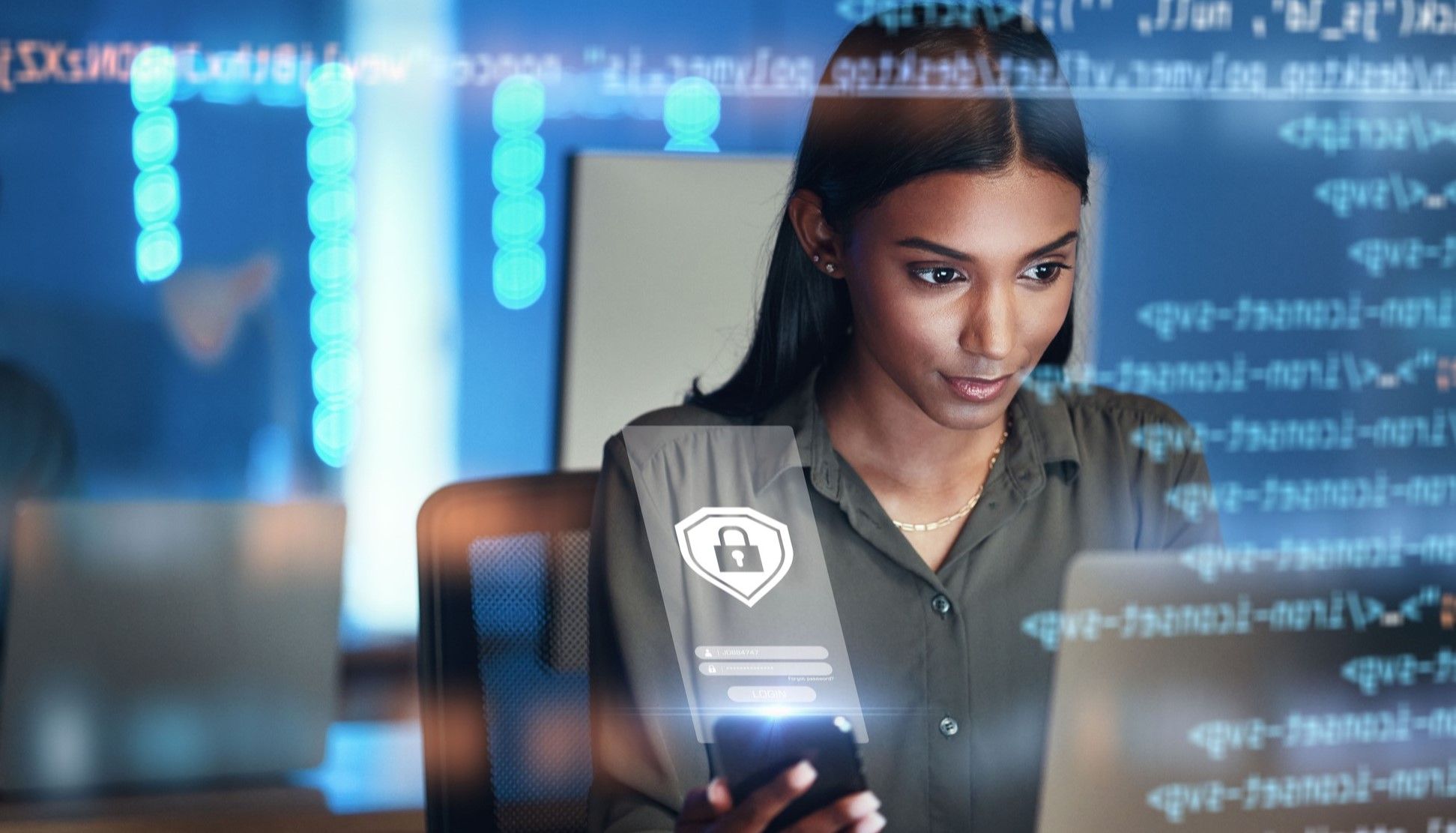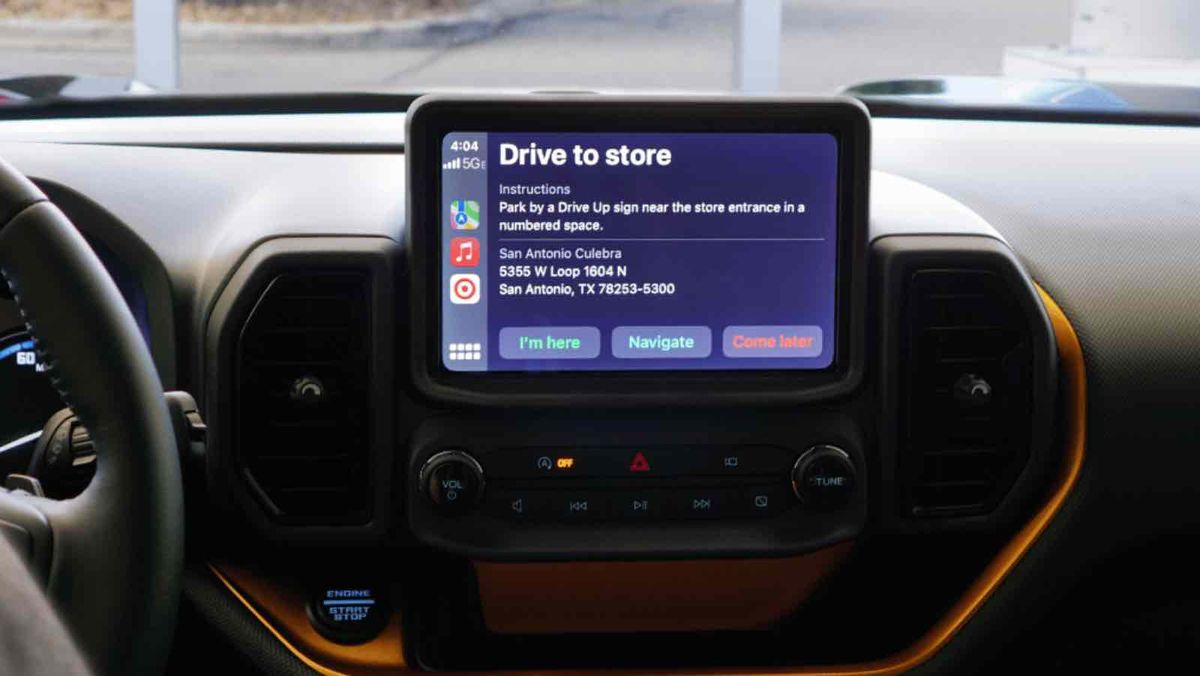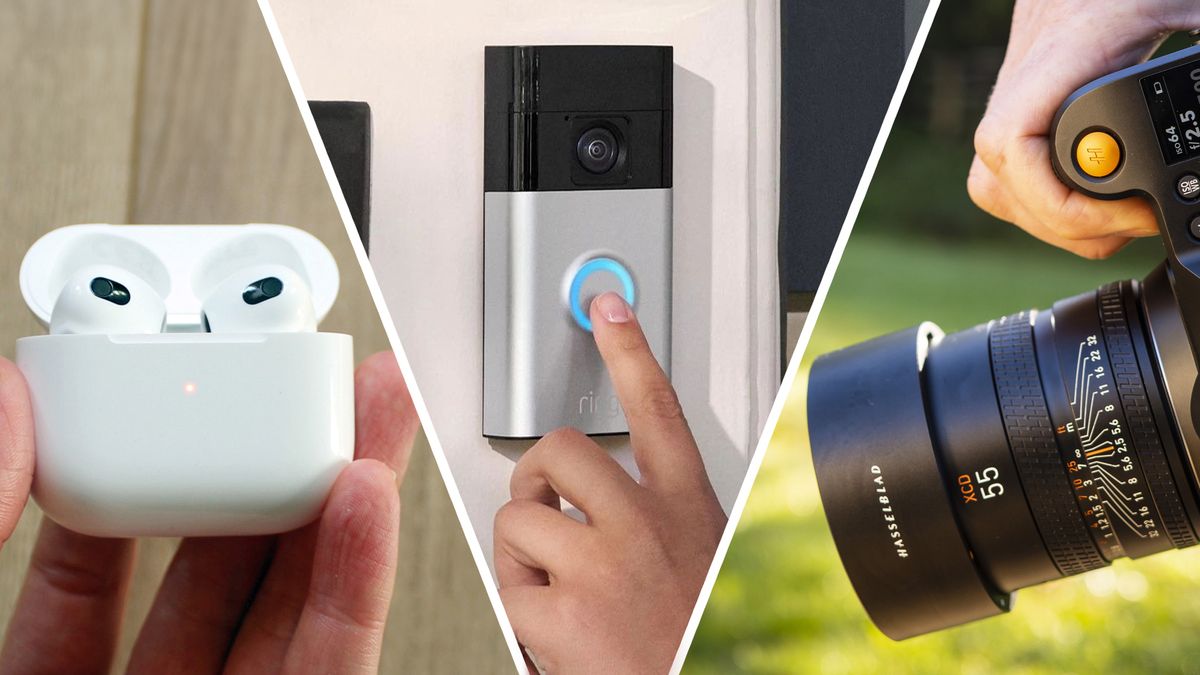The falsifications were once simple to identify; Unusual accents, inconsistent logos or poorly written emails clearly indicated a scam. However, these indicators are becoming increasingly difficult to detect as Deepfake technology becomes increasingly sophisticated.
What began as a technical curiosity is now a very real threat, not only for people, but also for companies, public services and even national security. Deepfakes, very convincing false videos, images or audio created with artificial intelligence, are crossing a dangerous threshold. The line between real and false is no longer blurred and, in some cases, it is almost missing.
For companies that work in sectors where confidence, security and authenticity are essential, the implications are serious. As the AI tools progress more and more, so do the tactics of those who seek to exploit it. And although most holders focus on the defects of celebrities or political figures, corporate risks are growing.
Why are deep defects no longer a future threat
The entrance barrier is lower than ever. A few years ago, generating a convincing defake required a powerful computer, specialized skills and, above all, time. Today, with only a smartphone and access to tools available for free, almost anyone can generate a video or a false voice recording in minutes. In fact, 8 million deep projected in 2025 will be shared, compared to 500,000 in 2023.
This broader accessibility of AI means that the threat is no longer limited to organized cybercriminals or hostile state actors. The tools to cause interruptions are now available for anyone with intention.
In a corporate context, the implications are significant. A manufactured video showing a senior executive who makes inflammatory comments could be sufficient to trigger a drop in the price of shares. A voice message, practically indistinguishable from that of an CEO, could instruct a finance team that transfer funds to a fraudulent account. Even a Deepfake ID photo could deceive access systems and allow unauthorized entry in restricted areas.
The consequences extend far beyond shame or financial loss. For those who work in critical infrastructure, management of facilities or first -line services, bets include public security and national resilience.
An arms race between deception and detection
For each new advance in Deepfake technology, there is a parallel effort to improve detection and mitigation. Researchers and developers are competing to create tools that can detect small imperfections in manipulated media. But it is a constant cat and mouse game, and at present, the 'falsifiers' tend to have the advantage. A 2024 study, in fact, found that Top Deep Defake detectors saw an accuracy of up to 50% in real world data, which shows that detection tools are struggling to keep up.
In some cases, even experts cannot notice the difference between real and false without forensic analysis. And most people do not have time, tools or training to question what they see or listen. In a society where the content is consumed quickly and often without criticism, deep defenders can disseminate erroneous information, fuel confusion or damage reputation before the truth has the opportunity to catch up.
There is also a broader cultural impact. As deep defenders are generalized, there is a risk that people begin to distrust everything, including genuine images. This is sometimes called the “liar dividend”, which means that real evidence can be discarded as false, simply because it is now plausible to claim it.
What organizations can do now
The first step is to recognize that the deep are not a theoretical risk. They are here. And although most companies have not yet found a deep defake attack, the speed at which technology is improving means that it is no longer a matter of itself, but when.
Organizations must adapt their security protocols to reflect this. That means more rigorous verification processes for requests that involve money, access or confidential information. It means training staff to question the authenticity of messages or the media, especially those that come out of nowhere or cause strong reactions, and creating a “culture of questions” throughout the business. And when possible, it means investing in technology that can help detect falsifications before harming.
Whether they are equipment with knowledge to detect red flags or work with customers to build smarter security systems, the goal is the same: stay at the forefront of the curve.
Deepfake's threat also raises important questions about responsibility. Who takes the initiative to defend against digital impersonation: technology companies, governments, employers? And what happens when mistakes are made: when someone acts with a false instruction or is deceived by a synthetic video? There are no easy answers. But waiting is not an option.
Defend reality in an artificial era
There is no silver bullet for deep, but consciousness, surveillance and proactive planning are very useful. For companies that operate in complex environments, where people, trust and physical spaces cross, defenders are a real world security challenge.
The emergence of AI has given us notable tools, but people with malicious intention are also given a new and powerful weapon. If the truth can be manufactured, then helping customers and teams say that the fact of fiction has never been more important.
We have presented the best cybersecurity courses online.
This article was produced as part of the Techradarpro Insights Expert Channel, where we present the best and most brilliant minds in the technology industry today. The opinions expressed here are those of the author and are not necessarily those of Techradarpro or Future PLC. If you are interested in contributing, get more information here:








